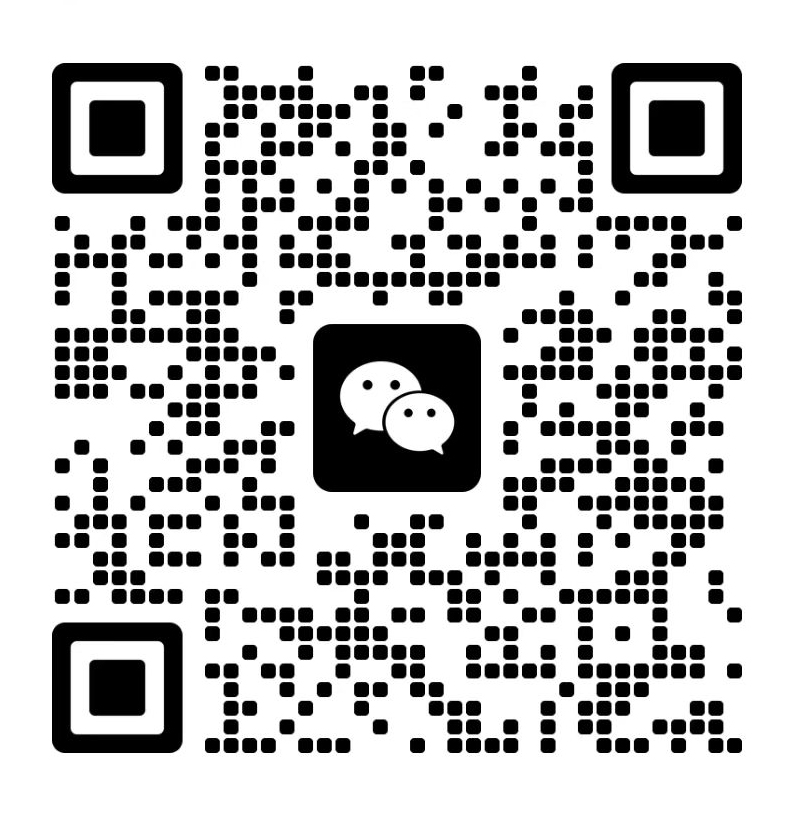Prevention is the solution to the mining industry’s most common injuries and ailments
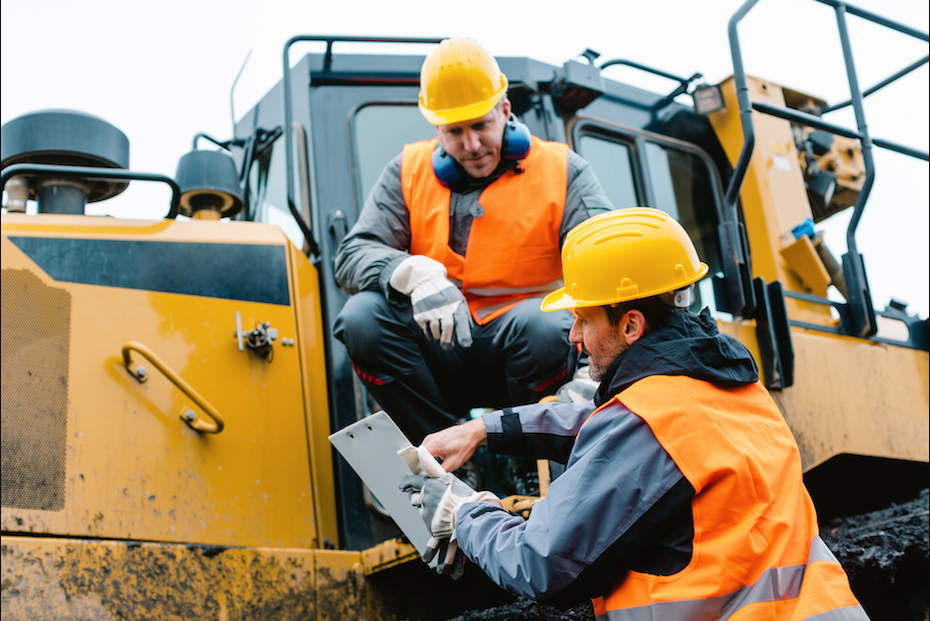
Mining remains one of the most hazardous industries with fatalities per 100,000 workers in the US alone reaching 16.6 in 2022, making it the second-most fatal industry that year, compared to 14.1 per 100,000 in transportation and warehousing, 9.6 in construction and 2.6 in manufacturing.
Each worksite presents its own unique challenges and requirements, but injuries and ailments occur across the 12,563 active mines in the United States. While injuries and ailments can be common, prevention through correct medical provisioning and education has thankfully seen fatalities decreasing year after year. Nevertheless, accidents are incredibly disruptive to the workforce; they halt precious production time, incur significant cost, and can have a life-changing effect on those involved, and so ensuring the right preventative measures are in place is crucial.
SIGN UP FOR THE MINING NEWS DIGEST
With a wealth of experience in providing medical and safety assistance, RMI’s specialist teams support mines and mine operators in the most unique and remote locations in the world, utilising years of expertise to deliver medical provision that keeps workers safe, preventing injury or delay.
Strains, sprains, and physical ailments
Mining is a physically demanding profession, and strains, sprains, and fractures are the most commonly reported work-related injuries. Treatment of these injuries can require extensive provision of care and workers undergoing treatment can be away from site for lengthy periods of time while they recover. Absence from work can prove costly, particularly in a time where production targets are increasing.
Treating injuries and ailments when they have already taken place on mining sites can be incredibly costly, and many operators are already investing in preventative measures to minimise the risks of illness or injury. One way that employers can do this is to facilitate a pre-screening process to save operations from potential disruption: workers with pre-exiting illnesses or other health factors can lead to increased risks for themselves, their teams, and have the potential to cause delays in operations due to sickness or injury.
On-site clinics provide occupational health and deliver preventative safety advice. The benefits of operating on-site clinics far outweigh the costs, with studies showing that on-site clinics reported a 70% reduction in employee downtime and a 64% reduction in medical care costs, indicating that on-site support should be considered an essential aspect of any project.
Standard first aid training only equips workers to render basic stabilizing care for a handful of life and limb threatening emergencies, whereas RMI’s on-site medical providers have a far greater level of training and experience, allowing them to deliver a higher level of care in both emergent and non-emergent situations.
Non-occupational health
Physical injuries are just one risk to workers during mining operations. Many of the ailments that mining companies need to be aware of take place outside of the work environment. Living in confined, close quarters means illness can spread quickly throughout the workforce, which can cause downtime in production and operation.
Research has also bought into focus how mentally challenging people find working in the mining industry, due primarily to the shift working patterns, distance, and isolation from family. While open discussions around mental health have only recently come to the forefront in the industry, many operators have worked hard to remove the stigma around the issue. Addressing and managing the mental health of the mining workforce will be an ongoing process and there are still widely reported incidences of workers self-medicating with excessive alcohol and/or recreational drug consumption, creating a dangerous environment for them and their colleagues.
Being prepared to deal with situations outside of physical injuries is paramount in ensuring worker safety. Through the use of an on-site medical clinic, RMI’s medics are trained to provide a full medical examination of staff before they can begin work; this includes alcohol and drug testing as standard and acts as a deterrent for staff. Having a trained medical expert as part of the onsite team can also improve the effectiveness of illness prevention education, including educating workers on the importance being up to date with their vaccinations and maintaining good hygiene practices to prevent illnesses from spreading among workforces.
RMI’s experienced medical teams also provide telemedicine and case management support which gives staff access to around-the-clock medical consultations and advice. These provisions help to limit the need for workers to be transported to facilities off-site, helping the mine to continue running efficiently while also providing staff with a level of care that goes above and beyond the basic need.
Emergency response
Even with the best preventative measures in place, being prepared for medical emergencies is essential. All mining sites, including those located within reach of a hospital, should have a regularly reviewed Medical Emergency Response Plan (MERP).
This plan outlines the medical referral facilities and their respective capabilities to treat a wide variety of health emergencies. The plan also specifies how to transport patients to these places, which could be either by road or by air. Emergency plans are common across most mining companies but having a robust procedure with integrated medical support can help swiftly deal with a time sensitive emergency situation.
Injuries not only halt production in busy mines but they also significantly affect workers who, if not treated properly or feel their injury could have been prevented, will find work elsewhere. Incorporating sufficient medical care is an essential cost that prevents downtime, ensures the safety of workers, and improves worker retention. With the help of RMI, operators have been able to embed medical expertise into their teams helping to reduce the consequences of illness-related absences and tackle the unique challenge of working in remote locations.
-
BHP proposes £31bn takeover of Anglo American in mining mega-deal
UK-based mining giant Anglo American has been approached by rival BHP about a po···
-
Electric trolley system tested for underground mining
Boliden, Epiroc and ABB deployed system on test track in SwedenBoliden, Epiroc a···
-
Advancing Robotic Technology in Coal Mining
In a recent article published in the journal Energies, researchers proposed an a···
-
Scotland-based Hypervine launches satellite survey service for mining industry
It can be handy to monitor commodity patterns, including production, activity, a···
Exhibition address:China International Exhibition Center (CIEC)
- BHP proposes £31bn takeover of Anglo American in mining mega-deal
- Electric trolley system tested for underground mining
- Advancing Robotic Technology in Coal Mining
- Scotland-based Hypervine launches satellite survey service for mining industry
- Global mining investment too low to support energy transition, Rio Tinto chairman says
- Minister announces steps to bolster mining industry
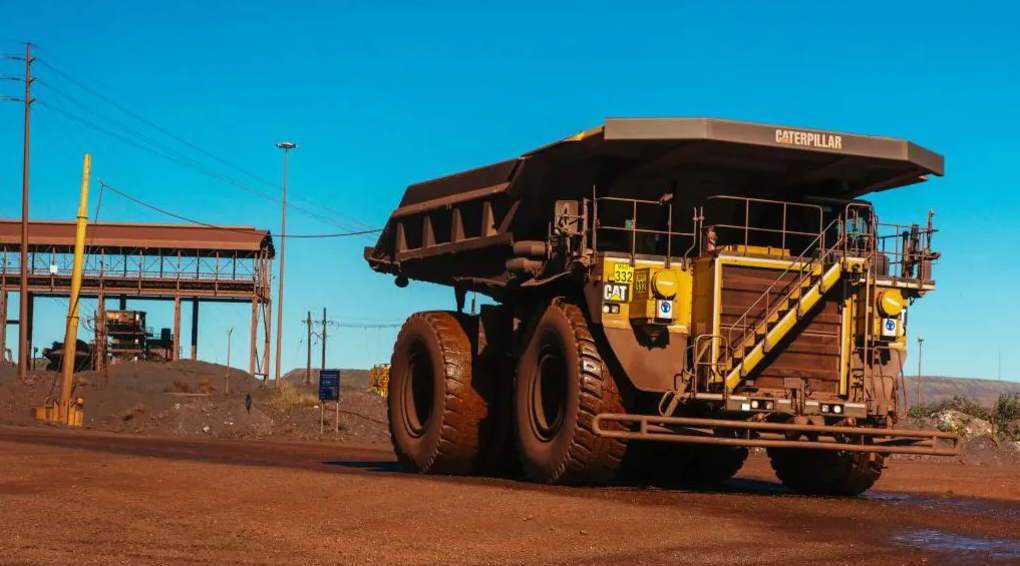
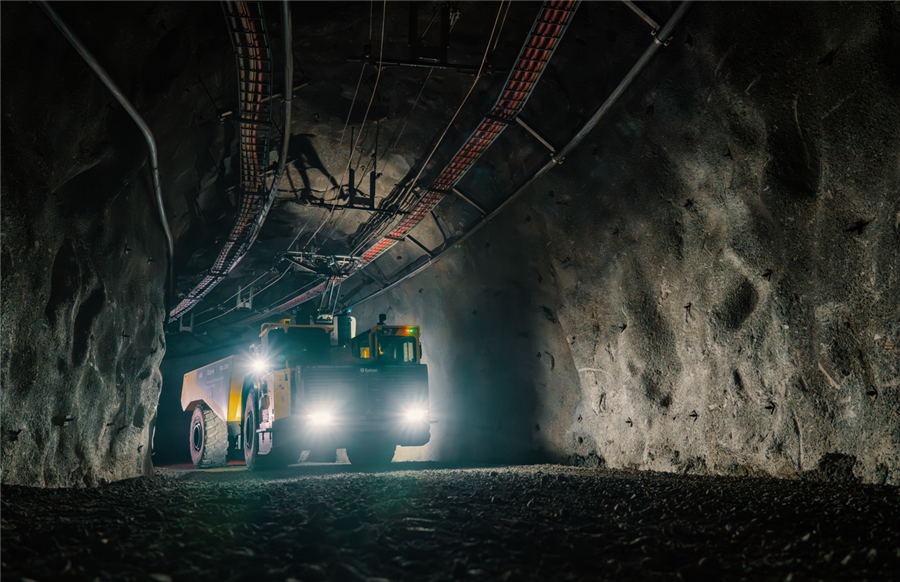

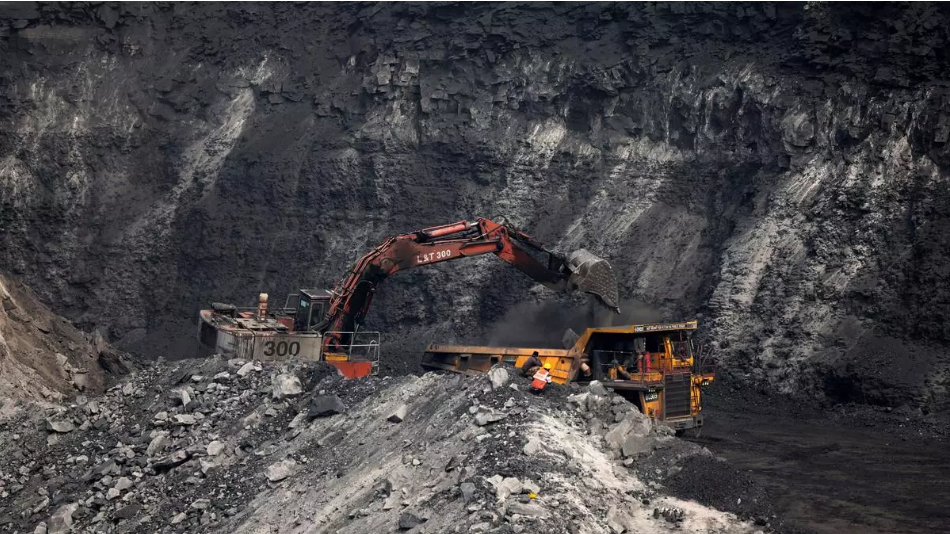
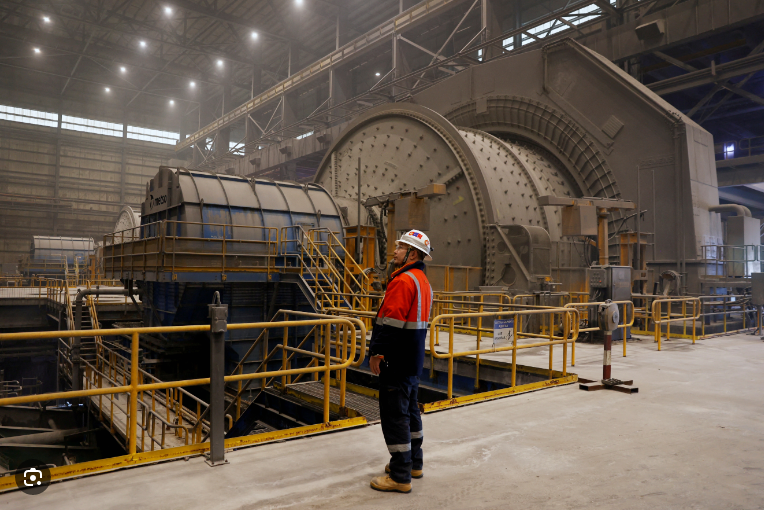

 2024 Beijing International Coal & Mining Exhibition
2024 Beijing International Coal & Mining Exhibition

